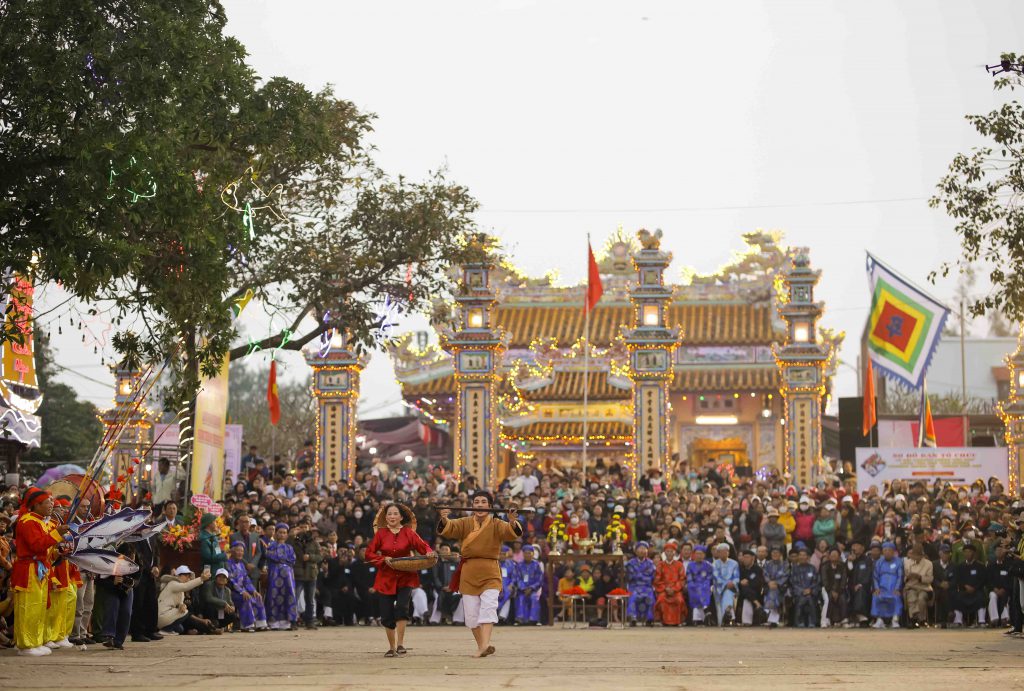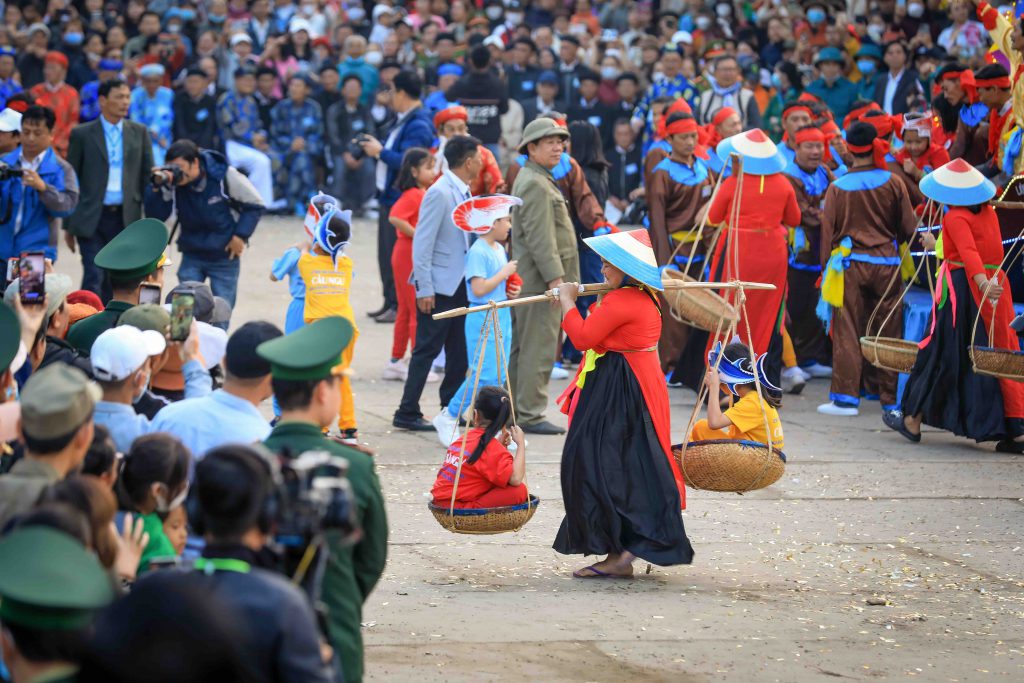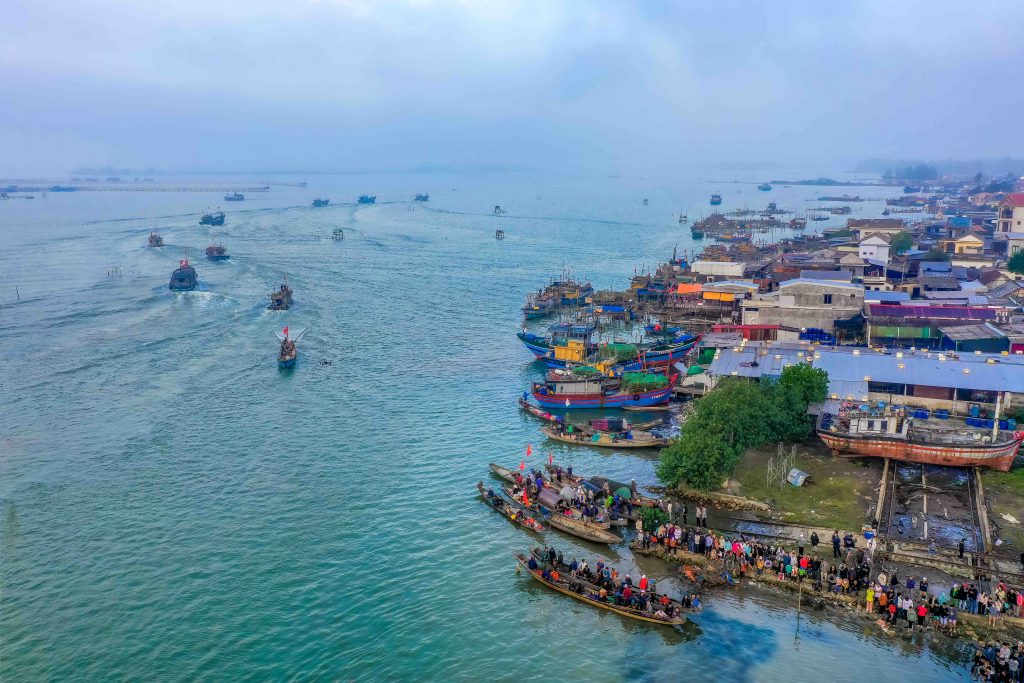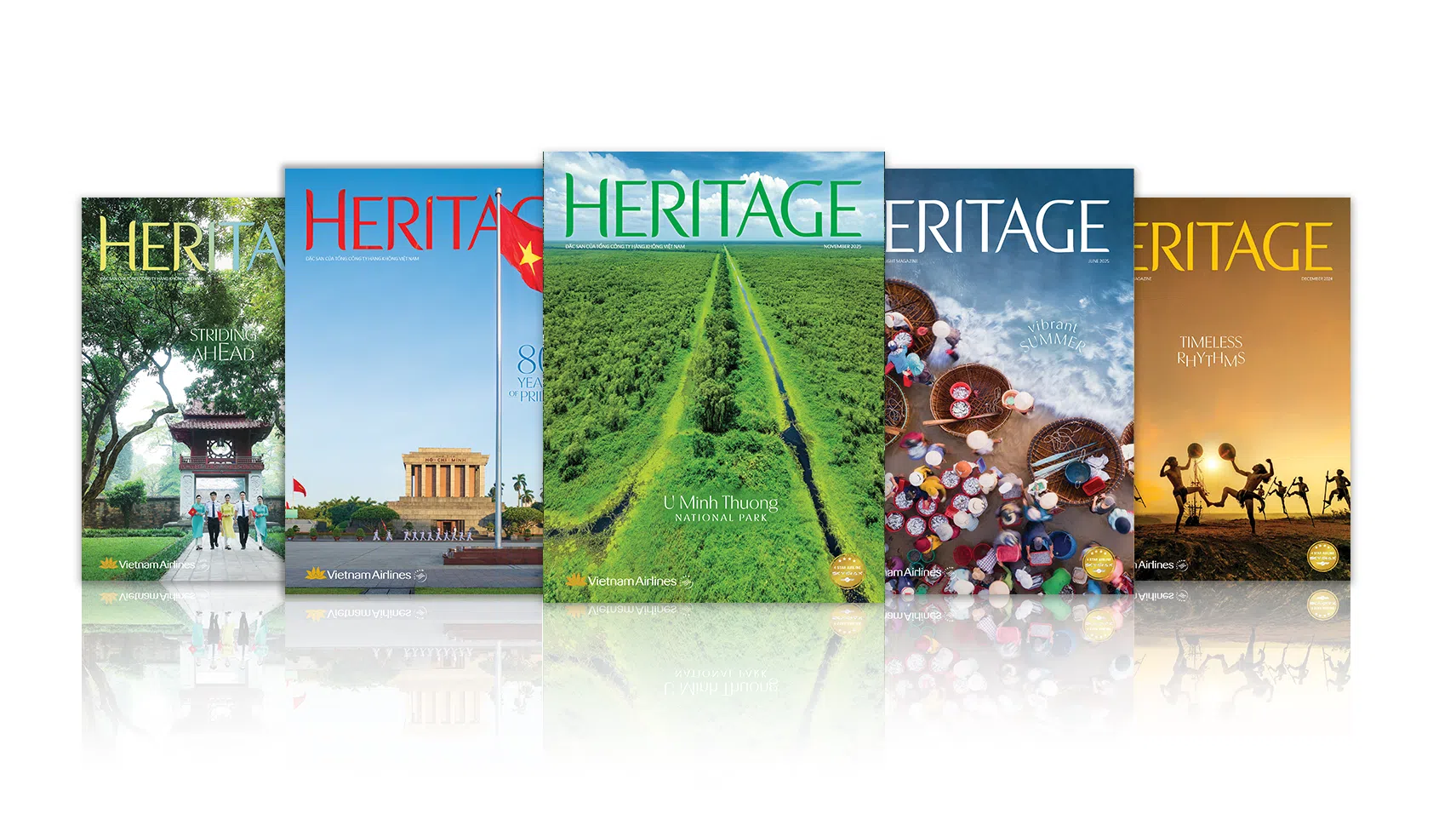Story: Nguyen Phuoc Bao Dan
Photos: Nguyen Phong
Every spring, during the first or second lunar month, many villages in Thua Thien Hue hold the solemn “Kì an – Kì yên / Kì phước” ceremony—locally known as a prayer for peace, tranquility, and blessings. Also referred to as the Spring Ceremony, it is a key component of the region’s annual spring and autumn rituals.

Highlights of a coastal village
Located between a lagoon and the East Sea in Thua Thien Hue, sandy dunes are home to diverse communities engaged in mixed economic activities. Unlike most villages, which specialize in either agriculture or fishing, both trades co-exist in villages in this region. Here, part of the population specializes in fishing, exploiting the economic resources of the sea, while others engage in farming, transforming the barren dunes into fertile gardens through hard work and local knowledge. Thai Duong is one such village.
Legend has it that when Thai Duong was first established in the early 14th century, Mr. Truong, who belonged to one of the three founding families, favored fishing over farming. He settled in the lower part of the village to pursue his livelihood. As life improved, particularly compared to neighboring villages, the locals learned the fishing trade from him. They honored Mr. Truong as their patron saint, built a temple in his name, and started holding a Fishing Prayer Ceremony every three years to commemorate their craft’s founder.
Over the centuries, numerous natural disasters have affected this coastal area in Thua Thien Hue. Historical records highlight severe floods during the reign of King Thanh Thai of the Nguyen Dynasty. In 1897 and 1904, floods and storms caused the old Thuan An Inlet to close and a new inlet to form, splitting Thai Duong village into two separate communities: Thai Duong Thuong (Upper) and Thai Duong Ha (Lower), divided by the sea inlet. Today, Thai Duong Upper is located on the left side of the inlet in Hai Duong commune, Hue city, while Thai Duong Lower lies on the right side in Thuan An ward, Hue city, about 12 kilometers northeast of the city center.

The Fishing Festival in Thai Duong Ha village
Despite the geographical separation, the community’s spiritual life remained undivided. Both Upper and Lower Thai Duong villages still recognize Mr. Truong as their patron saint, holding the Fishing Prayer Ceremony every three years in gratitude. However, due to their separation, the festivals are held at different times and places: Thai Duong Ha marks this event on the 9th and 10th of the first lunar month, and Thai Duong Thuong on the 11th and 12th in the years of the Rat, Horse, Cat, and Rooster.
On the evening of the 9th of the first lunar month, the elders and villagers of Thai Duong Ha stage a procession to bring the patron saint from his temple to the village hall. The procession includes gongs, drums, flags, and a traditional music ensemble, with a symbolic boat carried by young men, parading from one end of the village to the other before entering the village hall.
The night of the 9th features a preliminary ceremony to inform the spirits. At around 2 AM on the 10th, the main ceremony takes place with full offerings and solemn rites performed by the main priest and his assistants. Following this, a reenactment of the fishing trade is performed to honor the patron saint, the founder of the village’s livelihood. After the master of ceremony beats the drum three times, the village head throws money and offerings into the courtyard, where local children – who have been dressed as sea creatures – scramble to collect the bounty. Meanwhile, young men, playing fishermen, cast their lines to “catch” these sea creatures. A group carries a red-painted boat with a fisherman on board around the courtyard, circling the children, and the fisherman casts a net to “catch” the “fish” below. Although trying to break free, these “sea creatures” are rounded up in the middle of the yard while the fisherman reenacts the traditional yo-heave-ho and net pulling activities. As the net closes, the fisherman jumps down to catch the largest “fish” and brings it into the hall as an offering. The “caught” sea creatures are placed in baskets and carried by women to the beach for symbolic cleaning, or taken to the market for sale, where mock negotiations take place as if they were real seafood.

After the “sale”, the women and boat owners gather to distribute the proceeds. The performance ends, and some boats set out to sea for the fishing season, while the rest of the villagers gather at Tam Giang Lagoon to watch a fishing boat race.
The boat race typically involves six to eight teams, each on a boat made from three long planks, accommodating six pairs of rowers, a helmsman, and a coxswain. The first prize is a ceremonial tray of betel leaves, areca nuts, and wine, followed by a cash prize, and the last prize is a red silk scarf. The winner of the scarf proudly displays it at their village temple, signifying a bountiful harvest.
Visiting Thai Duong Ha during the Spring Ceremony, tourists will experience the reverential atmosphere of a village festival, influenced by Nguyen Dynasty court etiquette. This festival also vividly reenacts the fishing community’s way of life, honoring and remembering their ancestors.










